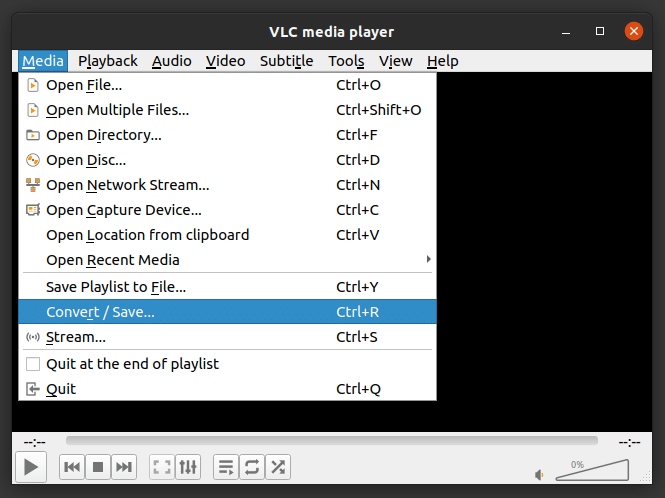

audio streams compressed with the Vorbis or Opus audio codecs.Ī key benefit with webm is that it is open for anyone to implement and improve.video streams compressed with the VP8, VP9 and even H.264 video codecs.It is based on the Matroska container (but less complex) and it can now contain: WebM is an open, royalty-free, media container designed for the web. webm files to MP4 with FFmpeg – the free and open source Swiss army knife of video conversion. In this post I’ll cover how to convert a large library of. webm files are created by new HTML5 APIs like WebRTC when recording WebRTC sessions and the the MediaStream Recorder API. If in doubt about which method to use, try the concat demuxer.The WebM Project has been slowly getting more support from the browser community with Edge 14 adding support in the Anniversary edition of Windows 10. This method does not work for many formats, including MP4, due to the nature of these formats and the simplistic concatenation performed by this method. ffmpeg -i "concat:input1|input2" -codec copy output.mkv Use this method with formats that support file-level concatenation $ ffmpeg -f concat -safe 0 -i mylist.txt -c copy output.mp4įor Windows: (echo file 'first file.mp4' & echo file 'second file.mp4' )>list.txtįfmpeg -safe 0 -f concat -i list.txt -c copy output.mp4

Use this method when you want to avoid a re-encode and your format does not support file-level concatenation (most files used by general users do not support file-level concatenation).

ffmpeg -i opening.mkv -i episode.mkv -i ending.mkv \ If you want to avoid the re-encode, you could re-encode just the inputs that don't match so they share the same codec and other parameters, then use the concat demuxer to avoid re-encoding everything. Note that this method performs a re-encode of all inputs. Use this method if your inputs do not have the same parameters (width, height, etc), or are not the same formats/codecs, or if you want to perform any filtering. FFmpeg has three concatenation methods: 1.


 0 kommentar(er)
0 kommentar(er)
